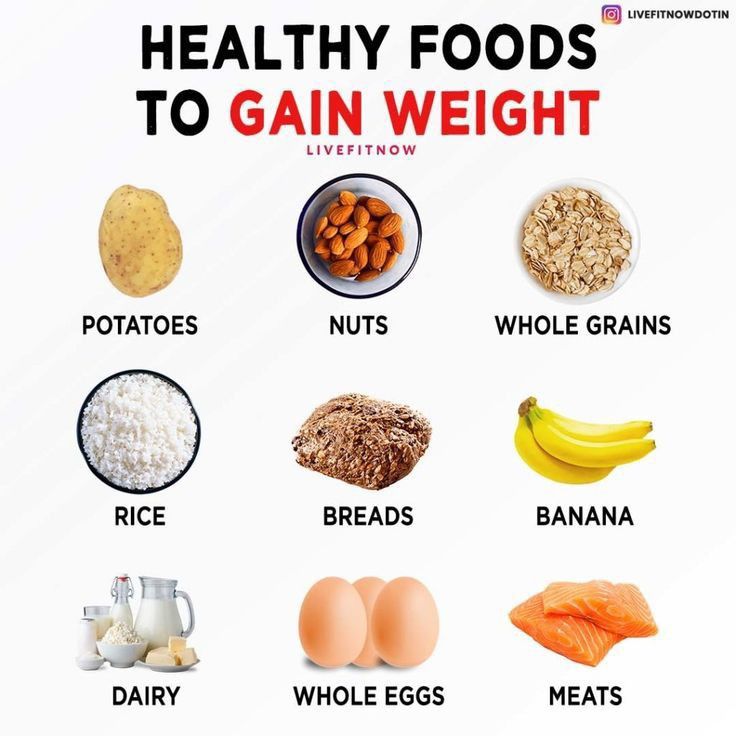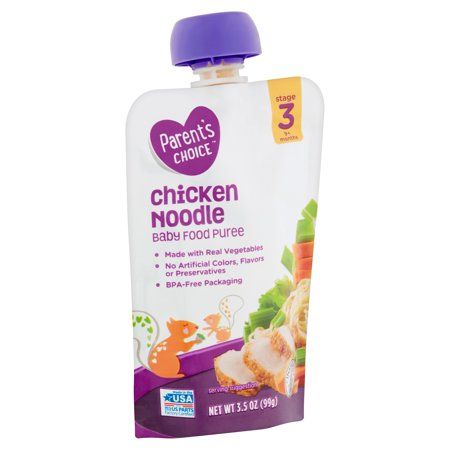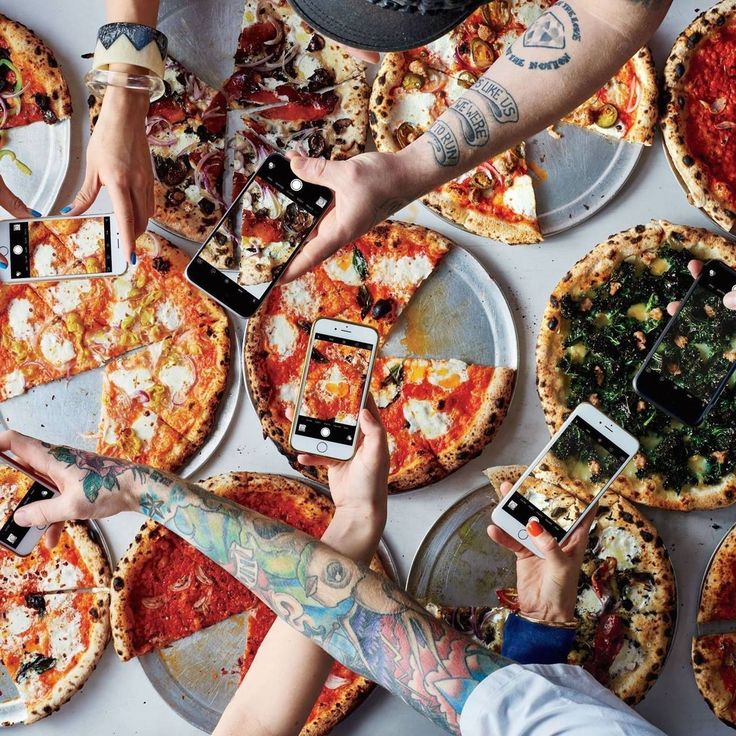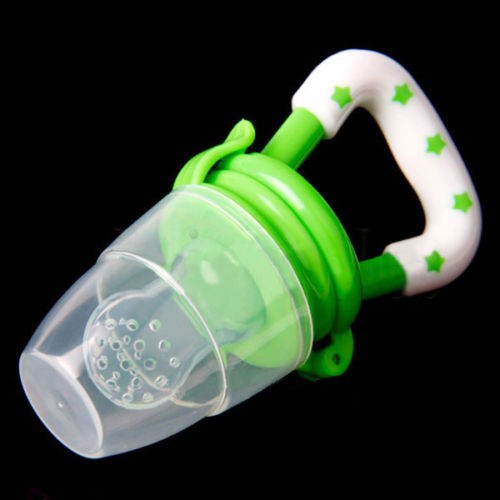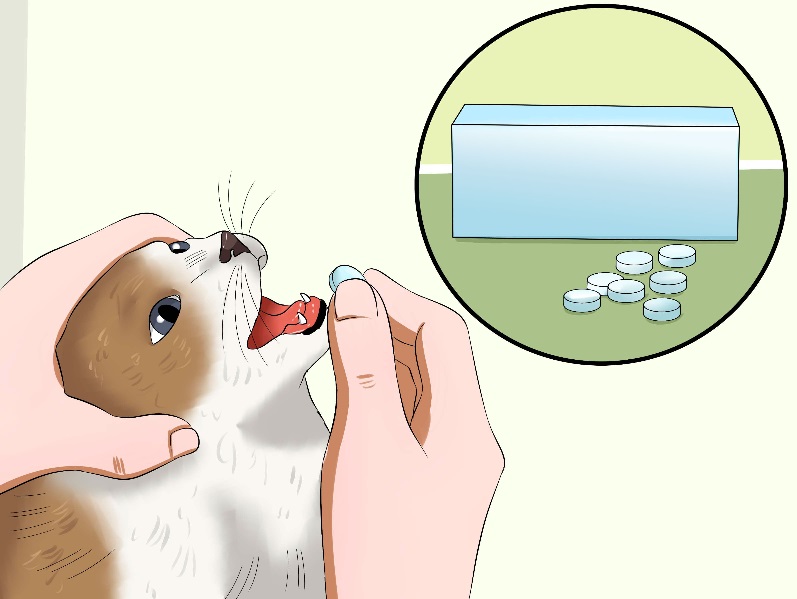Best feeding supplies for baby
Our Favorite Baby Feeding Supplies for Starting Solids
In this guide:
- Spoons
- Bowls and Plates
- Bibs
- Snack Cups
- Placemats
You don’t need a ton of gear to start feeding solids, but a few key items will make the endeavor much easier… especially bibs, bowls, and spoons.
Lucie feeding AliceSpoons
For Introducing Solids (6 Months+)Good spoons are key to successful feeding. Spoons with little spoon-heads are perfect (I just said spoon-head, heh heh). You may want to try a few different ones to experiment – below are some parent favorites.
If you’re doing finger foods (ahem, the fancy-dancy term for this is baby-led weaning…), you may not need any infant spoons yet (they can’t spoon-feed themselves until later). But it’s not a bad idea to have a few on hand.
Munchkin Infant Spoons ~ $3 for 6
Quick and dirty. These rounded, soft spoon bowls are the perfect size. We’ve used these spoons for years and they’ve never let us down.
OXO Silicone Feeding Spoon ~ $8 for 2
A softer version (for teething babes and whatnot). Made with Stainless steel for durability.
For Self-Feeding (Toddler)Nuby Spoons and Forks ~ $8 for 4-pack (2 spoons & 2 forks)
As your kiddo gets older, you’ll want to start him with a larger spoon head and a thicker fork. Usually made of soft plastic, so as to not hurt themselves, and a non-slip handle, these are the gold standard. (See also: the Munchkin version)
RE-PLAY Spoons & Forks Set ~ $10 for 8 (4 of each)
These BPA-free utensils made from recycled plastic are very durable and will last well into childhood. Pick from a vast range of bright color options.
OXO Tot Training Fork and Spoon Set ~ $8
Training silverware is the next step, just before actual silverware. They still have non-slip handles, but their rounded heads are made of stainless steel.
These ones are the best, IMO, but there are many options to choose from: NUK (spoons and forks or set with knife), Skip Hop, Munchkin, etc.
Bowls & Plates
For Introducing Solids (6 Months+)Start with a bunch of plastic bowls for mixing purees. Simple stacking bowls will do the trick. Don’t even think about anything breakable, since bowl-tossing will be your baby’s favorite sport for the next 12 months or so (yes, I just got nailed in the eye the other day, WTH?).
Munchkin Stackable Bowls ~ $8 for 8
These are our favorite kind – you can never have enough and they’re sold everywhere.
NUK Bunch-A-Bowls ~ $7 for 4
Another parent-favorite, these come with lids to take on-the-go.
For Self-Feeding (Toddler)Of course, you can still use the bowls listed above as your baby grows, however, you may want to also stock up on toddler-friendly bowls and plates.
Munchkin Stay Put Suction Bowls ~ $9 for 3
These really do work! They even suction to the stroller snack tray.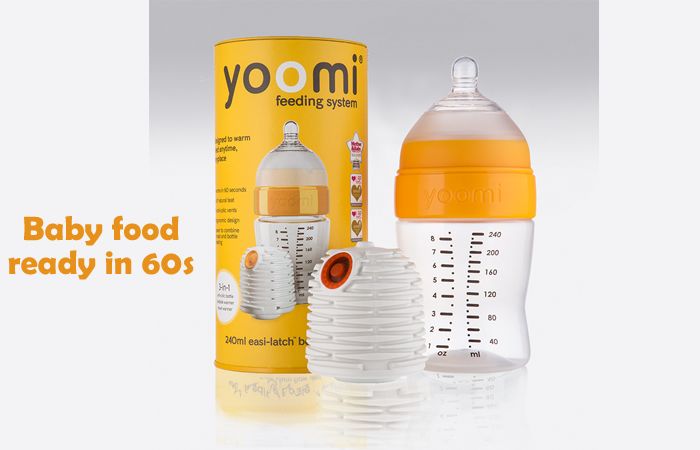
ezpz Happy Mat ~ $25
It’s a placemat and plate in one that suctions to the table: a true game changer for parents. The mat has three compartments for all of the food groups they won’t eat (kidding!) (sort of). Dishwasher safe and easy to travel with.
*Explore the whole collection – including a bowl, mini mat (great for restaurants), and play mat (*this one is so pretty!).
Divided Plate from Target ~ $0.50
Yes, you saw that right => 50 cents! Hands down one of our favorite divided plates — they hold up after years of (ab)use and are dishwasher safe. The sections are the perfect portion size and the walls are just high enough for scoop-training.
P.S. Available in all sorts of sizes and colors.
Bibs
Feeding babies is MESSY, y’all. There’s no getting around it. Some folks opt for shirtless feeding (the BABY, not you, parents), which may save on laundry but will likely require a bath or wipe-down afterward. Personally, I find the dressing/undressing part to be way more work than just throwing on a bib, but whatevs.
Bibs will prevent (reduce?) stains on your baby’s clothes. They come in different shapes and sizes; some bibs simply go around the neck and protect the top of the shirt, while others have sleeves and can be “worn” for more protection. I recommend you get some of both, depending on what’s on the menu that day {i.e., some foods are messier than others}. Alice loved to finger paint her body (and the dog) with hummus, so I was pretty much screwed on those days.
Basic BibsBumkins Bibs ~ $17 for 3
For a simple, basic bib, this is definitely the group favorite. It’s waterproof, comes in cute designs, and is super easy to wash (in the laundry, even). It also has a catch-pocket, which you will come to appreciate. Best of all, you can fold it up into a compact square and easily throw it in your diaper bag.
*Available in sizes: starter (4-9 months), super (6-24 months), sleeved (6-24 months) and junior (1-3 years).
BabyBjorn Soft Bib ~ $19 for 2
Another crowd-favorite.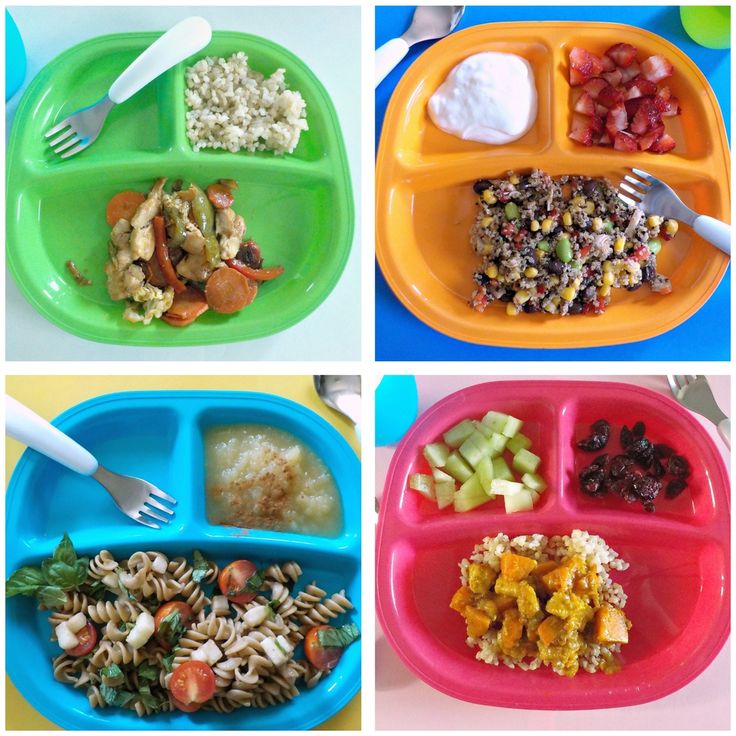 These are super easy to clean, have a deep pocket to catch food, and an adjustable closure to fit a growing baby for many months. These bibs are a bit more sturdy (harder for baby to yank off), but unlike the Bumkins bib, they don’t fold or store as easily.
These are super easy to clean, have a deep pocket to catch food, and an adjustable closure to fit a growing baby for many months. These bibs are a bit more sturdy (harder for baby to yank off), but unlike the Bumkins bib, they don’t fold or store as easily.
These will offer more protection, especially around the shoulders and sleeves.
IKEA “KLADDIG” ~ $9
An affordable, quick and dirty favorite is the nickname, “the angry viking child.” *Fits 0-18 months.
Kushies Cleanbib ~ $19
Parents love this simple, SLEEVED waterproof bib. Though, the price has gone up recently…
Hero Bibs ~ $29
Handmade and specifically designed not only to keep your little one clean, but also the highchair. Just tuck it under the top tray or let it hang over the sides. Also great for art projects and will last through the years.
Miscellaneous
Snack cups
Munchkin Snack Catcher ~ $5 for 2
Every parent’s go-to.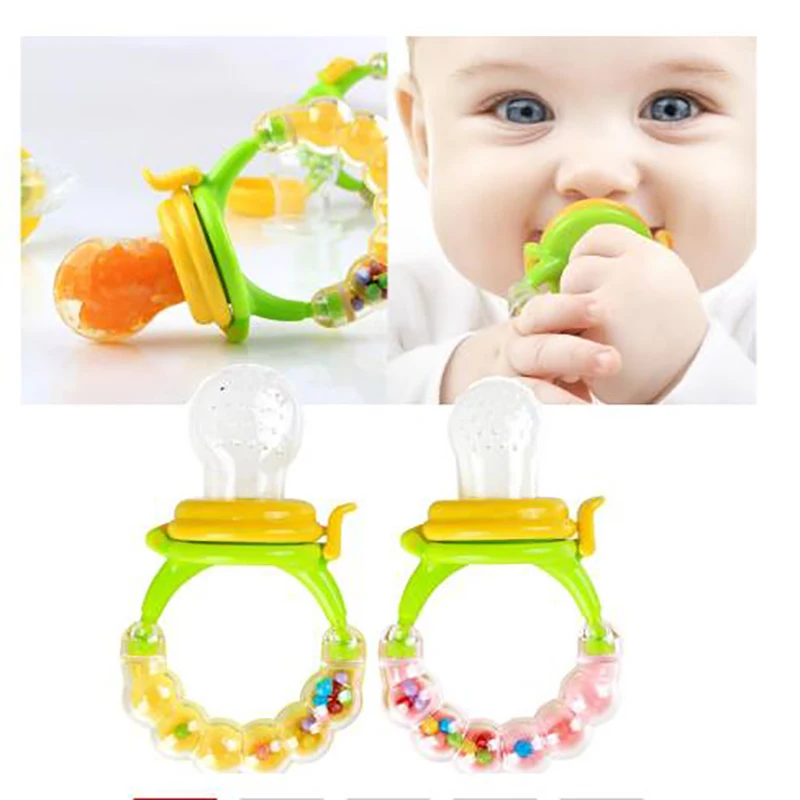 The lids prevent food from spilling onto the floor but make it easy for kiddos to reach inside and grab their favorite snack.
The lids prevent food from spilling onto the floor but make it easy for kiddos to reach inside and grab their favorite snack.
*If you’re not into plastics, Munchkin also makes a stainless steel version with a lid ($10).
Nuby Monster Snack Cup ~ $7
A fun twist on the standard snack cup. Kids love holding his monster hands. The lid can be tricky to get on and off – but that just means it’s doing its job. 😉
Placemats
Munchkin Silicone Placemats ~ $10 for 2
If you have a table in need of protecting, make sure you have a couple of these on hand. They measure 11 X 15 and are sticky on the bottom so they stay in place. They’re thin, too, so they’re easy to roll up if you need one for an outing, a picnic, etc. Top-rack dishwasher safe.
(No, I don’t work for Munchkin, I just like their stuff). And yes, they are BPA-free.
Back to: Gear Guides
About the Author
Meg Beilsmith Collins started Lucie’s List in 2010 after learning everything about babies the hard way; she is now the Editor in Chief.![]() She’s an Industrial Engineer from Georgia Tech and a former car seat technician (CPST) who lives near Clearwater, FL with her husband Rich and daughters Lucie and Alice. She enjoys 90s music, MomFit, camping and anything on the water.
She’s an Industrial Engineer from Georgia Tech and a former car seat technician (CPST) who lives near Clearwater, FL with her husband Rich and daughters Lucie and Alice. She enjoys 90s music, MomFit, camping and anything on the water.
The Best Baby Spoons and Forks of 2023
There’s a lot to digest when you’re figuring out how to feed a newborn baby, but at the end of the day, whether it’s breast milk or formula, it’s still an entirely liquid diet. It’s when baby turns 4 to 6 months old that you can start introducing solid foods, and then things really get messy! You’ll want to have baby spoons and training utensils on hand for this delicious new milestone, but not all spoons are created equal—and segueing into solids with an infant will bring that fact to life lickety-split. Keep reading for everything you need to know about introducing baby utensils, what to look for and the best baby spoons and forks to shop now.
In this article:
When do babies start using utensils? What to look for in baby spoons and forks Best baby spoons for feeding Best baby spoons and forks for self-feeding
When Do Babies Start Using Utensils?
While there isn’t a hard and fast rule for letting babies get their hands on utensils, according to the Centers for Disease Control and Prevention (CDC), babies can start using a spoon by themselves around 10 to 12 months old. Before that point, parents and caregivers handle the spoon and make sure purees and mashes make it into baby’s mouth successfully.
Before that point, parents and caregivers handle the spoon and make sure purees and mashes make it into baby’s mouth successfully.
You certainly don’t have to put the best baby utensils on your registry (the early baby feeding essentials, like bottles, bottle brushes, a nursing pillow and milk storage bags, for example, are much more top of mind), but once baby approaches the age of eating solids, it’s good to have a handful of baby spoons at the ready. You can always add training spoons and toddler utensils for self-feeding to your shopping list when you start nearing the end of the first year.
What to Look for in Baby Spoons and Forks?
Of course, flatware doesn’t have to be complicated for “first-time” foodies, but spoons are the tools you’ll want to start with. It’s important to make sure nothing is too much of a choking hazard (i.e., too long or with sharp edges) or too cumbersome for baby if they begin wielding it on their own—something that will eventually become the best part of mealtime adventures!
Even if you’re not interested in baby-led weaning, where you’d bypass the puree phase and dive straight into finger foods from the first day forward, you definitely want your tiny gourmand taking the lead with their feeding journey.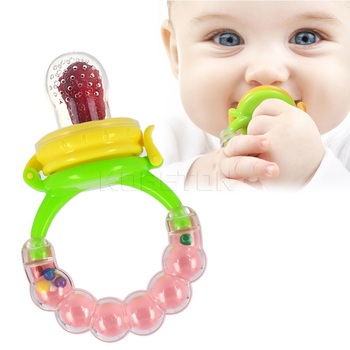 Not only will the learning and exploration process of playing with a spoon or fork, dipping it in their food and bringing it to their mouth to taste foster greater oral-motor skill development, but it’ll also help baby become a pluckier (read: not pickier!) eater and less inclined to push food away.
Not only will the learning and exploration process of playing with a spoon or fork, dipping it in their food and bringing it to their mouth to taste foster greater oral-motor skill development, but it’ll also help baby become a pluckier (read: not pickier!) eater and less inclined to push food away.
While you can certainly expose your little epicurean to baby forks once they start to show interest (just beyond the one-year mark, typically), they probably won’t start to handle it with finesse until they’re 18 to 24 months old. Spoons, on the other hand, are much simpler for tiny grabbers to maneuver. And by the time baby starts getting acclimated to eating solids, they can scoop up most purees and gently-mashed medleys with little effort. When scouting out the spoons you’ll feed your infant with and then hand over to them for self-feeding, be sure to keep these attributes in mind:
Ergonomic design for parents and baby. When you’re doing the feeding, you’ll want a spoon that feels nice in your hand, with a long and slender handle and a small bowl to hold the food as you airplane it to their mouth.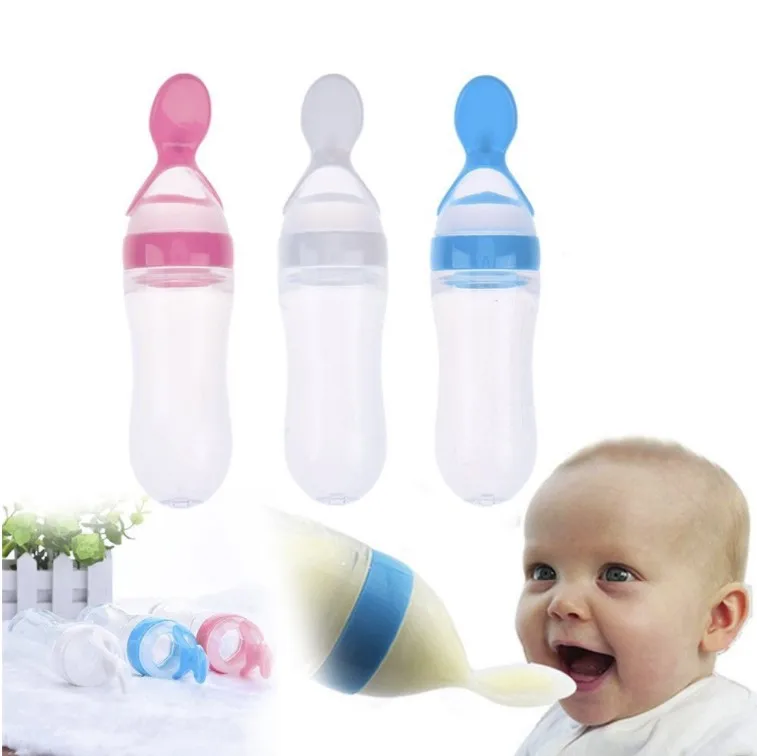 When baby is doing the feeding, you’ll want a smaller and chunkier spoon that’s easy for them to grasp and lightweight enough to hold.
When baby is doing the feeding, you’ll want a smaller and chunkier spoon that’s easy for them to grasp and lightweight enough to hold.
Soft, gentle gnaw construction. Babies often start solids around the same time or just after they start getting teeth, so when they’re biting, sucking or tonguing the spoon for their food, a utensil that’s soft and gentle on their tender gums—like those crafted from silicone—is ideal. In fact, many of the best baby spoons have dual functionality as teethers (that can even be frozen and used to calm aching and inflammation in the mouth). Metal wares are fine too, but may be better suited for older eaters.
Easy cleaning. If you feel like you’re constantly running out of spoons and forks for yourself, imagine how frustrating it is when you throw infant and toddler utensils into the mix. That’s why finding dishwasher-safe, plastic and BPA-free silverware is key.
Bonuses to chew on. Feeding spoons shouldn’t be too complicated, but some spoons are designed with special features to make them safer for baby and less stressful for parents.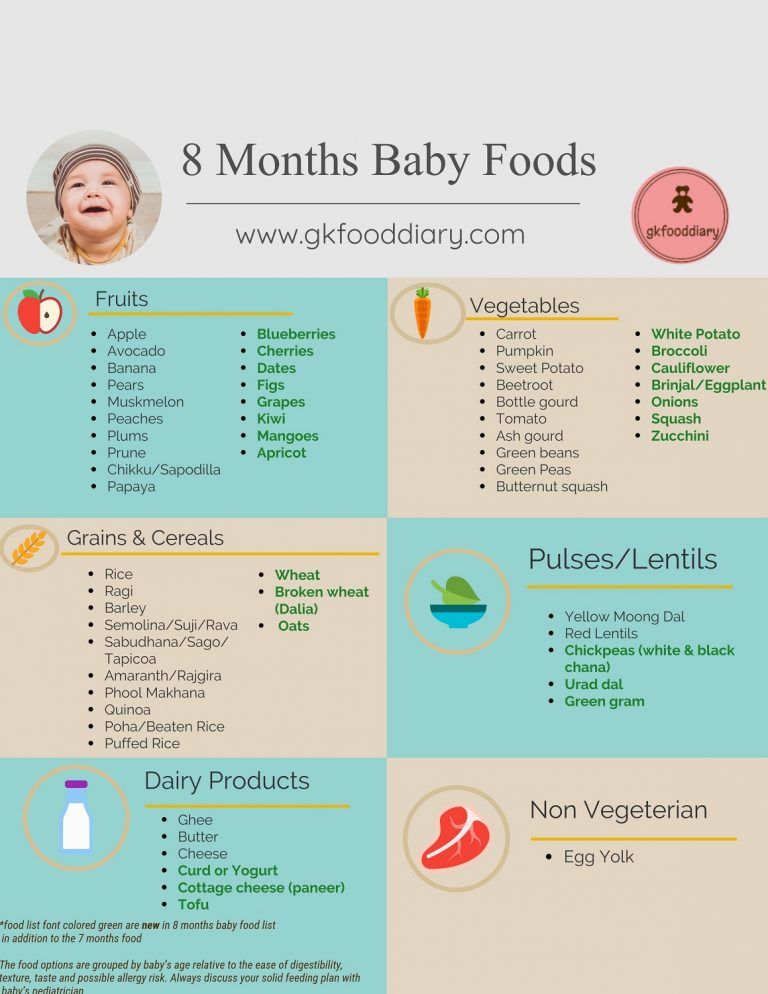 We love options with temperature-sensitive tips, choking guards and shorter neck designs that mitigate the risks of baby burning their tongue or gagging on their food. There are other picks with specific curved shape consideration or grip dimples and appliques to make spoon and self-feeding more successful—meaning more food in their tummies and less sprinkled and splattered all over the place.
We love options with temperature-sensitive tips, choking guards and shorter neck designs that mitigate the risks of baby burning their tongue or gagging on their food. There are other picks with specific curved shape consideration or grip dimples and appliques to make spoon and self-feeding more successful—meaning more food in their tummies and less sprinkled and splattered all over the place.
Best Baby Spoons for Feeding
Whether baby just started solids or they need some more time with finger foods before you’re comfortable handing over the utensils, here’s the scoop on the best baby spoons that are affordable, easy for parents to use and even easier to clean.
Temperature-Indicating Baby Spoons
Munchkin White Hot Infant Spoons
You’re probably already familiar with Munchkin’s colorful line of baby products, but did you know they make baby spoons and tableware too? The tips of these baby utensils turn white if food is too hot, which makes feeding baby a lot easier. The tapered shape of the spoon is great for little mouths, and the soft tips are gentle on irritated gums. Plus, these utensils are dishwasher-safe as well as BPA- and phthalate-free, making them some of the best baby spoons around.
The tapered shape of the spoon is great for little mouths, and the soft tips are gentle on irritated gums. Plus, these utensils are dishwasher-safe as well as BPA- and phthalate-free, making them some of the best baby spoons around.
What We Love
- Long handles are great for when grownups are doing the feeding
- Brightly colored tips hide food stains well
- Can buy a spoon for every day of the week for less than $10 — they’re that cheap!
Things To Consider
- Option with metal handles (labeled as White Hot Safety Spoons) can be harder on baby’s gums
- Color-changing feature can be difficult to spot when the spoon is covered in food
Bamboo Infant Spoons
Avanchy 5-Pack Infant Bamboo Spoons
Avanchy’s feeding spoons are crafted from bamboo and finished with a soft silicone tip that’s gentle on tender gums. Each spoon also has a long, ergonomic handle that helps reduce hand or wrist pain from awkward feeding angles.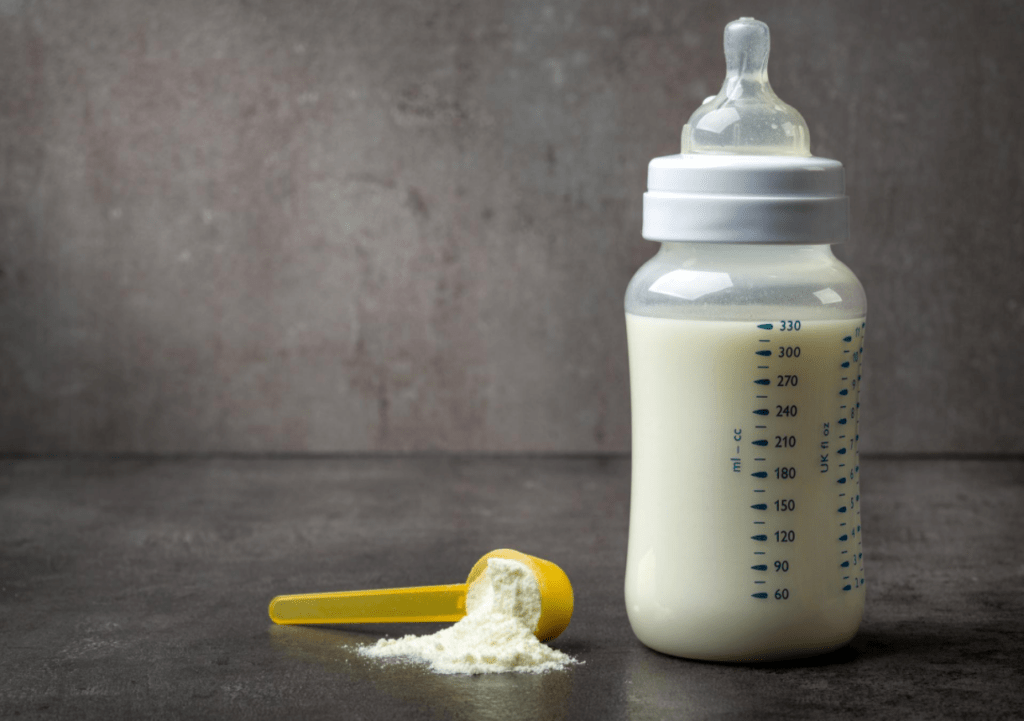 The only drawback is that, like most wooden items, the spoons aren’t dishwasher-safe.
The only drawback is that, like most wooden items, the spoons aren’t dishwasher-safe.
What We Love
- Wood and silicone combo is super easy to clean by hand
- Bamboo handles feature food-grade varnish that’s natural and FDA-approved
- Brand supports sustainability through carbon footprint reduction
Things To Consider
- Hand-wash only
- Expensive
Feeding Spoon Set
BEABA Baby's First Foods Silicone Spoons
Crafted from ultra-soft silicone, the BEABA First Stage Baby Spoons are gentle on baby’s gums and teeth and have no rough metal edges. The shallow spoon design lowers the risk of choking by limiting how much food you or baby can scoop up at once. And, yes, these are dishwasher-safe as well as BPA-, lead- and phthalate-free.
What We Love
- Long, flexible handle is the perfect length to scrape the bottom of deep containers
- No metal or rough edges means baby can teeth comfortably
- Available in three baby-friendly colorways
Things To Consider
- Clear color stains easily, according to some parents
- Expensive
Silicone Food Dispensing Spoon
Boon SQUIRT Silicone Food Dispensing Spoon
Taking baby food on the go is a piece of cake with this pick from Boon. The handle of these baby spoons holds up to three ounces of pureed baby food and dispenses one mouthful at a time for easy one-handed feeding. They’re dishwasher-safe, free from harmful chemicals and come with a storage cap. What’s not to love?
The handle of these baby spoons holds up to three ounces of pureed baby food and dispenses one mouthful at a time for easy one-handed feeding. They’re dishwasher-safe, free from harmful chemicals and come with a storage cap. What’s not to love?
What We Love
- Spoon tip screws onto the bulb handle easily and stress-free
- Eliminates the need to bring jars of food anywhere
Things To Consider
- Can get jammed easily depending on the thickness of the puree
- Large design means it can take up a good amount of room in the diaper bag
Dual-Ended Feeding Spoons
Boon SWAP 2-in-1 Feeding Spoon
Scooping up a spot on this list is the Boon Swap 2-in-1 Feeding Spoon. It features rigid stainless steel on one side and soft silicone on the other, so you can trial them both and see which side baby likes eating their smashed sweet potatoes off of. And once they’re done digging in, the flat, flexible tips of each side of the spoon make cleaning around their mouth (those mushy dribbles, right?) a total cinch.
What We Love
- Are BPA-, phthalate- and PVC-free
- Dishwasher-safe
- Available in three punchy color combinations
Things To Consider
- Doesn’t hold much food (especially runnier cereals and thinner mashes), according to some parents
- Pricier choice for a pack of 2
Foldable Travel Spoons
Skip Hop Easy-Fold Travel Spoons
Cleanliness? Check. Portability? Check. This duo has it all! With Skip Hop’s Easy-Fold Travel Spoons, you can conveniently fold baby’s spoon right back into its built-in travel case. We suggest throwing one in the diaper bag and one in the center console of your car, so you’re always prepared to feed baby while on the go.
What We Love
- Built-in spoon rest makes for germ and mess-free feeding
- Top-rack dishwasher-safe
- Gray/teal colorways are gender-neutral and coordinate with the rest of Skip Hop’s infant feeding collection
Things To Consider
- Can get lost easily when folded up
- Sold separately from the Easy-Feed Mealtime Set
Best Baby Spoons and Forks for Self-Feeding
They’ve mastered their mashes, become a connoisseur of slurps and now they’re showing signs (like reaching for the spoon or banging it on the high chair tray) that they’re ready to take things into their own hands—literally.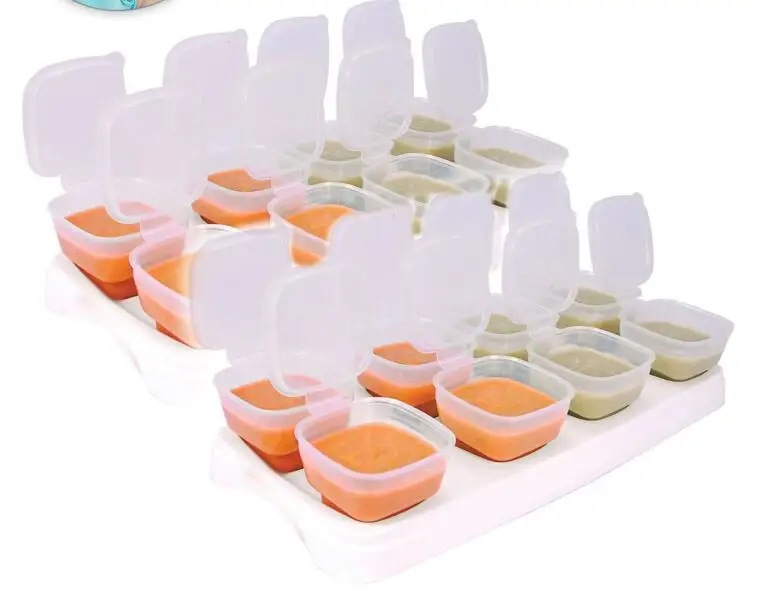 These baby and toddler utensils are the ones you’ll want to arm them with as they transition into this new stage of freewheeling feeding. Just be sure to keep an eye on them as they’re exploring more complex foods and textures—as much as this baby silverware gets billed for its particular safety features, choking accidents are never totally off the table.
These baby and toddler utensils are the ones you’ll want to arm them with as they transition into this new stage of freewheeling feeding. Just be sure to keep an eye on them as they’re exploring more complex foods and textures—as much as this baby silverware gets billed for its particular safety features, choking accidents are never totally off the table.
Silicone Teether Spoon
The Baby Toon Silicone Teether Spoon
When the founder of the product is a 7-year-old who wanted to assuage her mom’s worries when her baby sister started self-feeding, it becomes clear that the choking hazard that comes with baby spoons is a universal parenting concern. This creative two-in-one teether and baby spoon is made of 100 percent FDA-grade silicone and uses unique animal shapes—like an elephant’s trunk, an alligator’s tail and a koala’s arms stretched out as a plate—to prevent choking and gagging (the spoon bowl is short and doesn’t go far into the mouth).
What We Love
- Animal shapes are ergonomically designed to fit snugly into your little one’s hands
- Fun designs teach babies about animals, shapes and colors
- Two-pack is great for keeping in different places (or for twins who require two of everything)
Things To Consider
- Spoon doesn’t fit easily into a baby food jar, so parents may need to load up the spoon first or serve food in a bowl
- Design resembles a toy, so babies may associate them with chewing rather than eating
Set of Training Utensils
Olababy Training Fork + Spoon Set
Once your little one has gotten used to eating bite-sized morsels, it may be time to introduce them to training utensils.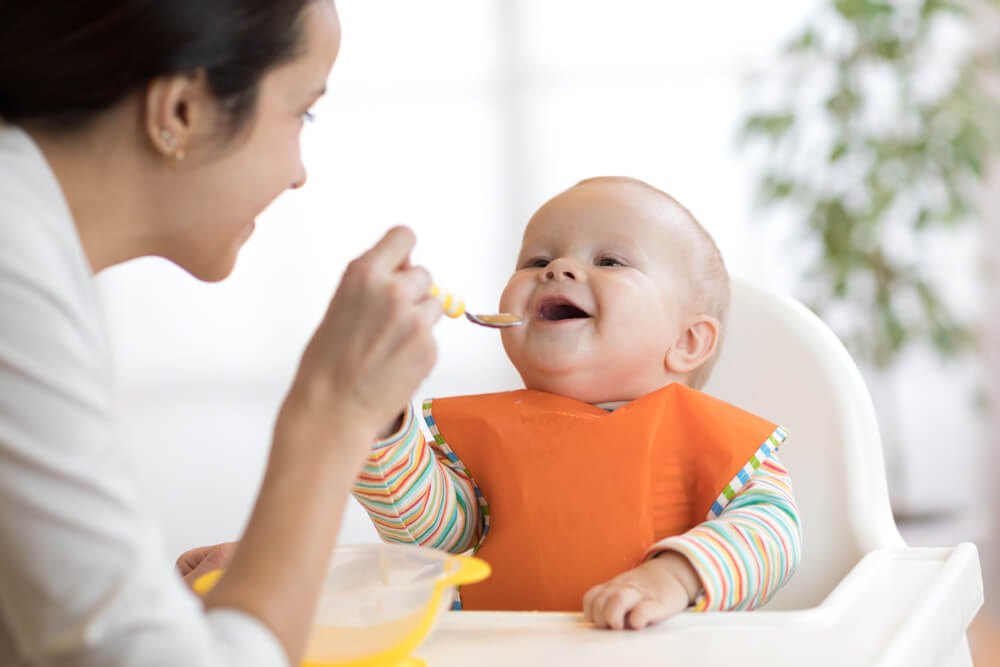 This toddler spoon has a flexible tip that lets your hungry little one scoop up food from any angle. Meanwhile, the metal-free fork is easy to wield, with soft spears that won’t poke or prod baby’s mouth. Plus, both utensils are made from BPA-free, food-grade silicone that’s dishwasher-safe. Is it any wonder that this baby feeding set won a Best of Baby award?
This toddler spoon has a flexible tip that lets your hungry little one scoop up food from any angle. Meanwhile, the metal-free fork is easy to wield, with soft spears that won’t poke or prod baby’s mouth. Plus, both utensils are made from BPA-free, food-grade silicone that’s dishwasher-safe. Is it any wonder that this baby feeding set won a Best of Baby award?
What We Love
- Soft silicone and non-blunt tips prevent gum bruising and keep newly-broken-through baby teeth safe
- Wide, suction cup-like bottom guarantees hygienic, upright placement on any tray or table
- Innovative, open design allows toddlers to "catch" the food on their plates easily
Things To Consider
- Residual staining may occur if you don’t wash the utensils right away
- Pricey for just one spoon and fork
Baby Spoon Set
NumNum Pre-Spoon GOOtensils
A great way to introduce baby to self-feeding, GOOtensils are sold in a dual-stage set: stage one for beginners, and stage two for kids who’ve mastered the food-to-mouth motion.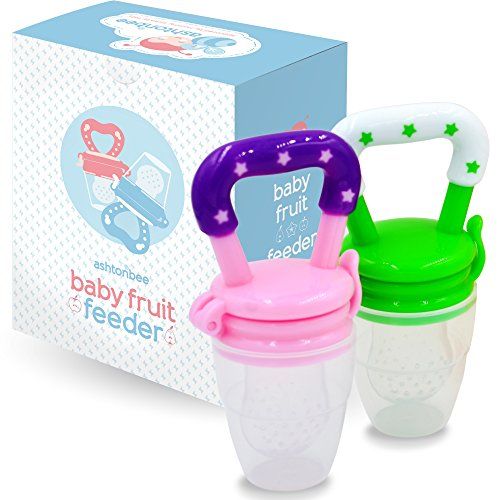 Their flat design makes them easier to use than a regular spoon; there’s no “wrong” way to hold them, so food doesn’t fall off. Plus, the contoured handles are designed to comfortably fit in a small hand. Parents will love that they’re dishwasher safe as well as PVC-, BPA- and phthalate-free.
Their flat design makes them easier to use than a regular spoon; there’s no “wrong” way to hold them, so food doesn’t fall off. Plus, the contoured handles are designed to comfortably fit in a small hand. Parents will love that they’re dishwasher safe as well as PVC-, BPA- and phthalate-free.
What We Love
- Work well with any foods, from soft purees to chunkier big-kid blends
- Thicker, contour-handled design fits comfortably and securely in a toddler’s hand
- Makes baby-led weaning (self-feeding as early as 6 months old) a lot easier
Things To Consider
- Baby might get discouraged if you don’t familiarize them with the “teether” first
Fork and Spoon Set
OXO Tot Fork & Spoon Set
If you’re eager to teach your toddler how to use a fork as well as a spoon, opt for OXO Tot’s utensil set. The soft, non-slip handles are easy for little hands to hold, and the toddler fork is effective without having sharp tines.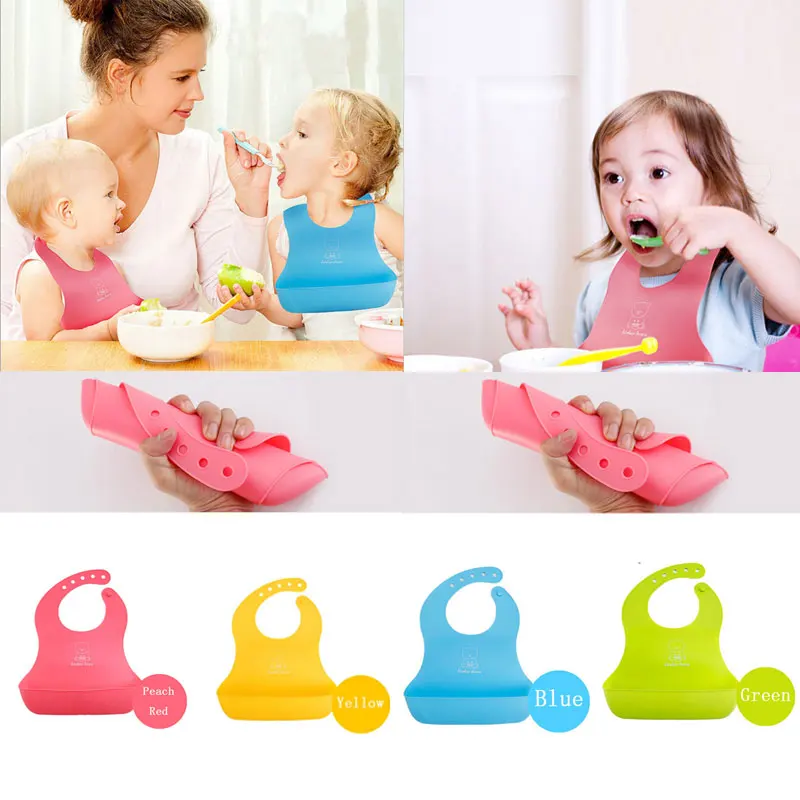 These baby utensils have BPA-, phthalate- and PVC-free silicone handles, and are also dishwasher-safe.
These baby utensils have BPA-, phthalate- and PVC-free silicone handles, and are also dishwasher-safe.
What We Love
- Soft grips help the utensils stay propped up instead of sliding into bowls and plate
- Flat spot on each keeps fork and spoon from rolling off the high chair
- Stainless steel construction makes the set a bit more grown up, for toddlers who want to eat like their parents and siblings
Things To Consider
- A more lightweight and maneuverable plastic version is available for younger babies, but the plastic isn’t always good
Toddler Spoons
Kizingo 2-Pack Toddler Spoons
These toddler spoons may look a little goofy, but they’re genius in the way they motivate your little one to pick up the spoon themselves—making them one of the best toddler utensils for self-feeding. The beauty of the design is in their ergonomic, curved handle that’s meant to work with the way children naturally hold utensils. And the spoon bowl gathers the perfect amount of food for baby bites, eliminating possible choking risks and helping baby learn how much they can eat, without overindulging, in one sitting. These are also tools to engage them in exploration. Have a picky eater at home? Why not let them have some fun with Kizingo? They can pretend to be a space alien scooping up some out-of-this-world rations!
And the spoon bowl gathers the perfect amount of food for baby bites, eliminating possible choking risks and helping baby learn how much they can eat, without overindulging, in one sitting. These are also tools to engage them in exploration. Have a picky eater at home? Why not let them have some fun with Kizingo? They can pretend to be a space alien scooping up some out-of-this-world rations!
What We Love
- Bright and dynamic color combinations
- Lead and latex-free, as well as FDA-approved and dishwasher-safe
- Sold in twin packs for left- and right-handed eaters
Things To Consider
- Pricey option for spoons
Plus, more from The Bump:
Feeding Essentials: the Best Baby Spoons, Bowls and Plates
Dig in! a Guide to Starting Solids
Best Baby Cereals: 6 Healthy Options for Your Little Eater
What to eat while breastfeeding | Breastfeeding Diet
You know that breast milk is the best food for your baby.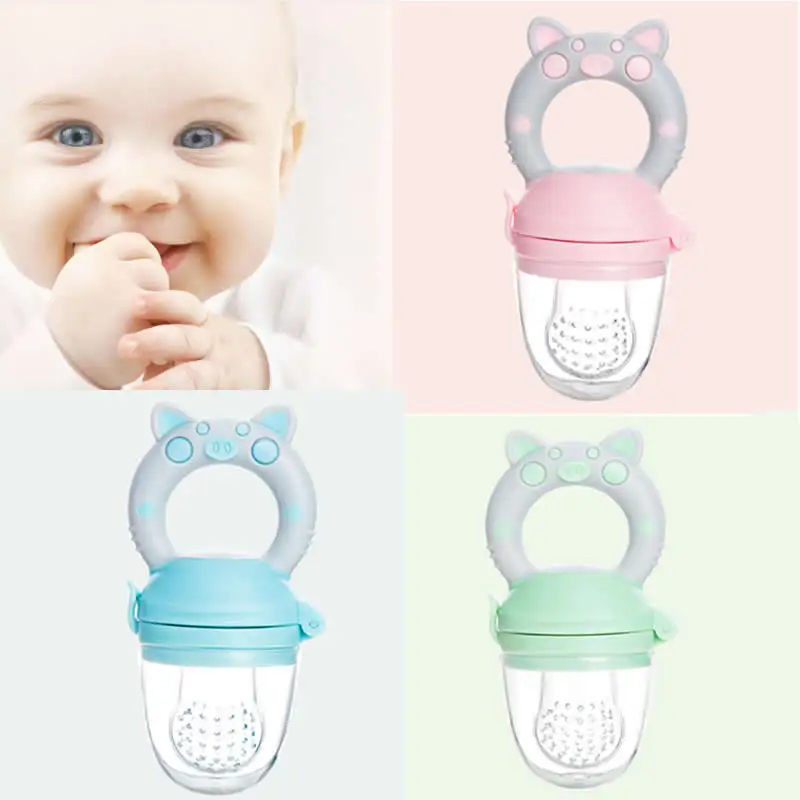 What about your own nutrition while breastfeeding? We asked the nutritionist a few questions about the nutrition of a nursing mother.
What about your own nutrition while breastfeeding? We asked the nutritionist a few questions about the nutrition of a nursing mother.
Share this information
Priya Tew, UK-based registered dietitian :
Priya is a nutritionist, M.D., multi-award winning member of the British Dietetic Association and the Health Professions Council. She has three children, and she breastfed each of them for up to 18 months. nine0003
During breastfeeding, there is no need to follow a special diet, the main thing is that your diet is balanced. It should include plenty of fruits and vegetables, whole grains such as oats, brown rice, various cereals, and breads labeled "whole grain", "wholemeal" or "wholemeal". These foods, along with potatoes, pasta, and couscous, are high in starch, an important source of energy.
In addition, you need lean proteins found in chicken, eggs, legumes, lentils, fish, and lean beef, as well as healthy fats found in olive oil, nuts, seeds, avocados, and fatty fish such as salmon and mackerel. Oily fish is very good for your health and development of your baby, but you should not eat more than two servings per week (about 140 g), as it may contain harmful impurities. nine0014 1
Oily fish is very good for your health and development of your baby, but you should not eat more than two servings per week (about 140 g), as it may contain harmful impurities. nine0014 1
Should I take vitamins while breastfeeding?
The most important is vitamin D. It is essential for healthy bones, you and your baby. We get most of this vitamin from the sun. If you live in a region with insufficient solar activity, especially in winter, your body may lack it. In this case, the doctor may advise taking vitamin D supplements. 2
You also need to get enough calcium, as it is excreted from the body during breastfeeding. nine0014 3 Try to eat four servings of foods rich in this mineral a day. These can be dairy products such as milk, yogurt, and cheese, or non-dairy products such as nuts, tofu, sesame seeds, and leafy vegetables. One serving may consist of, for example, half a cup of green vegetables or a small piece of cheese (50 g).
What foods should I avoid while breastfeeding?
The good news is that you can eat almost anything while breastfeeding. Only the consumption of oily fish should be limited. In small quantities, even caffeine is acceptable - more on this below. nine0003
Only the consumption of oily fish should be limited. In small quantities, even caffeine is acceptable - more on this below. nine0003
If you are not allergic to peanuts, there is no reason to deny yourself products that contain peanuts. Recent studies show that if you eat peanuts while breastfeeding and gradually introduce them into your baby's diet during the first year, your baby will be less likely to become allergic to them in the future. 4
Are extra calories needed while breastfeeding?
Breastfeeding mothers need about 500 more calories per day. nine0014 5 But every mother is unique and your energy needs will change throughout your breastfeeding period. The number of calories you need depends on your baby's age, appetite, height, and weight, as well as your body mass index (BMI), your activity, and factors such as whether you are exclusively breastfeeding or not, and whether you are breastfeeding twins or multiple babies.
Can I go on a diet while breastfeeding?
Trying to lose weight while breastfeeding is not a good idea because you need to get enough nutrients for you and your baby. The fat accumulated during pregnancy is used to produce milk, so breastfeeding in itself will help you shed those extra pounds. nine0003
The fat accumulated during pregnancy is used to produce milk, so breastfeeding in itself will help you shed those extra pounds. nine0003
If your weight changes by more than 1 kg per week, check if you are eating a healthy and balanced diet and adjust if necessary. You can also ask your doctor for advice.
How can I find time to prepare healthy meals?
Having devoted yourself to feeding a child, you can forget about your own nutrition. However, it is important to ensure that your diet does not consist only of sweets and cookies. Of course, sweet snacks are easy and quick, but they do not bring any benefit to your body. nine0003
Opt for quick yet nutritious meals like scrambled eggs with spinach or fried chicken with brown rice. Oatmeal is great for breakfast, as it provides a slow release of energy from grains and soluble dietary fiber, which is what you need to restore strength in the morning after a night of breastfeeding.
Store pre-cut fruits and vegetables in the refrigerator for light snacks, or carry unsalted nuts in your bag.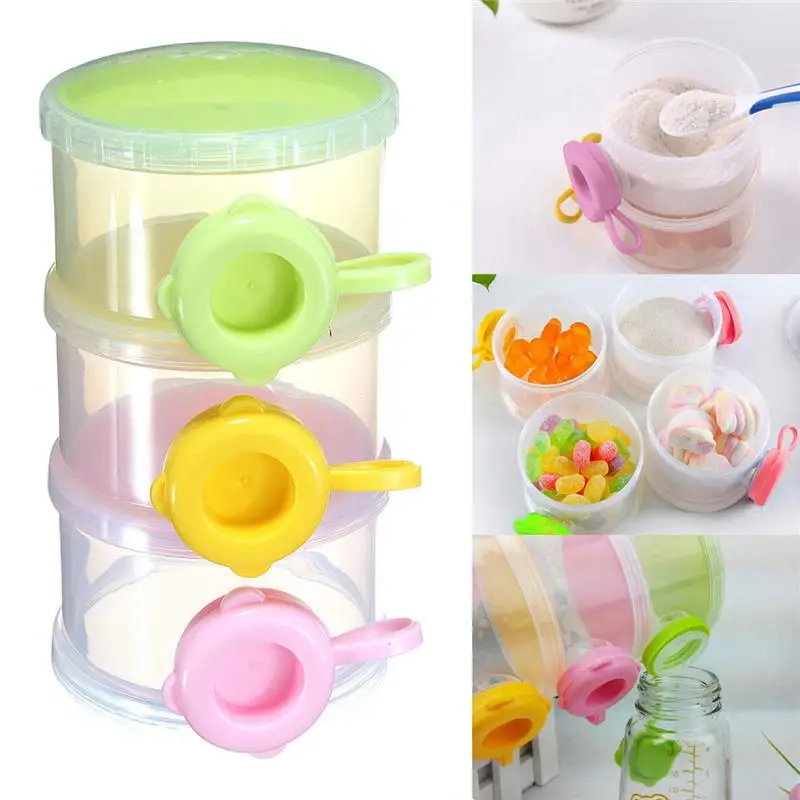 It's much easier than peeling tangerines with one hand while holding a baby with the other. nine0003
It's much easier than peeling tangerines with one hand while holding a baby with the other. nine0003
Should I drink more water while breastfeeding?
Breastfeeding can make you thirsty, so it's important to drink enough water. A person needs six to eight glasses of fluid a day, and even more if breastfeeding. 6 Make it a habit to drink a glass of water, milk or fruit juice without sugar every time you feed your baby.
I love coffee. Do I need to quit caffeine?
Coffee, like everything you eat or drink, passes into your breast milk, so it is advisable to limit your intake while breastfeeding. Legal coffee limits vary by country, but the average recommendation is not to exceed 200-300 mg of caffeine per day (300 mg is equivalent to two cups of filtered coffee or four cups of tea). Talk to your doctor about the acceptable amount of coffee consumption for you. Also, don't forget that caffeine is found in cola and energy drinks, and a small bar of dark chocolate can contain up to 50 mg.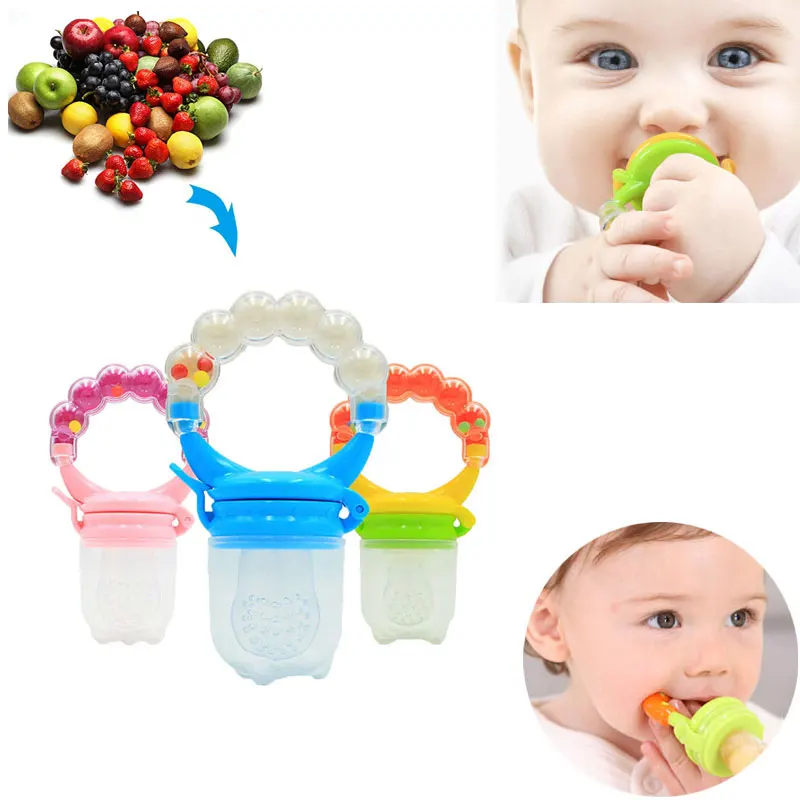 nine0014 7
nine0014 7
If I eat a varied diet, will my baby be less picky?
Breast milk has the flavor of everything you eat. 8 Therefore, if you eat a variety of foods during breastfeeding, giving your baby different tastes to try, he may like them in the future.
If you like spicy and spicy foods, there is no reason to refuse them while breastfeeding. When my first child was born, I ate a lot of spicy food. When my daughter was two years old, we went to Sri Lanka, coincidence or not, but she ate absolutely everything. nine0003
Can something in my diet not be suitable for a child?
At an early age, babies often suffer from colic or are picky eaters, so mothers naturally wonder if their diet is causing this. Most likely no. Studies show that the proportion of children who are allergic to any component of breast milk is only slightly more than 1%. 9 Cow's milk, eggs, corn, and soy proteins in moms' diets are much more likely to cause allergic reactions than spicy foods, hot sauces, or cruciferous vegetables, which moms usually worry about. nine0003
nine0003
If your baby is allergic to substances in your milk, it can cause profuse vomiting, rash, bloody stools, or prolonged constipation. If your baby has an intolerance to any food, you will notice symptoms such as moodiness and crying after feeding, burping, diarrhea, or the baby will press his knees to his chest. Contact your doctor if something is bothering you. He may suggest eliminating certain foods for a couple of weeks, and then see if the child's behavior changes after eating them again. nine0003
You can also keep a food diary: write down everything you eat and drink, as well as your child's symptoms, and you may notice some patterns. However, before cutting out any foods, such as dairy, always check with your doctor, as it's important to know that you're getting the nutrients you need from other sources. Depending on where you live, you will be referred to a nutritionist or other specialist.
Does a vegetarian diet affect breast milk? nine0018
If you are getting enough calories and all the nutrients your body needs (carbohydrates, proteins, fats, vitamins and minerals), then you have nothing to worry about. A vegetarian or vegan diet requires plenty of vitamin B12, vitamin D, calcium, and omega-3 fatty acids while breastfeeding, so opt for foods and supplements that provide you with these essential nutrients.
A vegetarian or vegan diet requires plenty of vitamin B12, vitamin D, calcium, and omega-3 fatty acids while breastfeeding, so opt for foods and supplements that provide you with these essential nutrients.
If you are on a vegetarian, vegan, macrobiotic, or other special diet, you may need additional medical advice to make sure you are getting all the nutrients your baby needs. nine0003
Literature
1 National Health Service (NHS) [Internet]. Burnley, UK: Department of Health; 2018. Should pregnant and breastfeeding women avoid some types of fish?; 2015 Jul 06 [cited 2018 Apr 12]; Available from: https://www.nhs.uk/chq/Pages/should-pregnant-and-breastfeeding-women-avoid-some-types-of-fish.aspx - National Health Service (NHS) [Internet]. Burnley, UK: Department of Health; 2018. "Should a pregnant and lactating woman refrain from eating certain types of fish?"; July 6, 2015 [cited April 12, 2018]; See article on site https://www.nhs. uk/chq/Pages/should-pregnant-and-breastfeeding-women-avoid-some-types-of-fish.aspx
uk/chq/Pages/should-pregnant-and-breastfeeding-women-avoid-some-types-of-fish.aspx
2 Oberhelman SS et al. Maternal vitamin D supplementation to improve the vitamin D status of breast-fed infants: a randomized controlled trial. Mayo Clin Proc. 2013;88(12):1378–1387. - Oberhelman S.S. et al., Introduction of Vitamin D to the Diet of Nursing Mothers to Increase Vitamin D in children: a randomized controlled trial. Mayo Klin Prok. 2013;88(12):1378–1387. : effects on the mother and the fetus. Am J Obstet Gynecol. 2006;194(4):937-945. - Thomas M., Weisman S. M., "Calcium supplementation during pregnancy and lactation: effects on the mother and on the fetus". Am J Obstet Ginekol (American Journal of Obstetrics and Gynecology). 2006;194(4):937-945.
4 Pitt et al Reduced risk of peanut sensitization following exposure through breast-feeding and early peanut introduction. J Allergy Clinic Immunol. 2018;141(2):620-625. e 1 - Pitt et al., "Reducing the Risk of Peanut Allergy by Introducing Peanuts into the Breastfeeding Mother's Diet and as a Baby's First Food." nine0095 G Allergy Clean Immunol. 2018;141(2):620-625.e1
J Allergy Clinic Immunol. 2018;141(2):620-625. e 1 - Pitt et al., "Reducing the Risk of Peanut Allergy by Introducing Peanuts into the Breastfeeding Mother's Diet and as a Baby's First Food." nine0095 G Allergy Clean Immunol. 2018;141(2):620-625.e1
5 Dewey KG. Energy and protein requirements during lactation. Annu Rev Nutr. 1997 Jul;17(1):19-36. - Dewey K. J., "Energy and Protein Requirements During Lactation". Anna Rev Nutr . 1997 Jul;17(1):19-36.
6 Food Standards Agency (FSA) [Internet]. London, UK: Crown copyright 2002. Eating for breastfeeding; [cited 2018 Apr 13]; Available from: https://www.food.gov.uk - Food Standards Agency (FSA) [Internet]. London, UK: State Copyright 2002. "Eat to feed" [cited April 13, 2018]. See article on https://www.food.gov.uk
7 National Health Service (NHS) [Internet]. Burnley, UK: Department of Health; 2018. Breastfeeding and diet; 2016 Jan 29 [cited 2018 Apr 12]; Available from: https://www.nhs.uk/conditions/pregnancy-and-baby/breastfeeding-diet - National Health Service (NHS) [Internet]. nine0095 Burnley, UK: Department of Health 2018. Breastfeeding and Diet; 29 January 2016 [cited 12 April 2018] See article at https://www.nhs.uk/conditions/pregnancy -and-baby/breastfeeding-diet
Burnley, UK: Department of Health; 2018. Breastfeeding and diet; 2016 Jan 29 [cited 2018 Apr 12]; Available from: https://www.nhs.uk/conditions/pregnancy-and-baby/breastfeeding-diet - National Health Service (NHS) [Internet]. nine0095 Burnley, UK: Department of Health 2018. Breastfeeding and Diet; 29 January 2016 [cited 12 April 2018] See article at https://www.nhs.uk/conditions/pregnancy -and-baby/breastfeeding-diet
8 Mennella JA et al. A. et al., Prenatal and postnatal recognition of odors in children. Pediatrix (Pediatrics). 2001;107(6):e88.
9 Academy of Breastfeeding Medicine. ABM clinical protocol# 24: allergic proctocolitis in the exclusively breastfed infant. Breastfeed Med . 2011;6(6). - Academy of Breastfeeding Medicine. "AVM Clinical Protocol #24: Allergic Proctocolitis in an Exclusively Breastfed Child". Brestfeed Med (Breastfeeding Medicine). 2011;6(6). nine0095
how to choose the right baby food and what is the best?
The ideal "baby food" for an infant is breast milk. However, not all mothers can breastfeed their baby, usually this is due to the health of the mother or child. It happens that the woman herself has a serious condition after childbirth and in the early postoperative period, reduced lactation or diseases in which breastfeeding is contraindicated. In such cases, the baby is given formula milk - this is the only alternative to mother's milk. Subsequently, at four to seven months, complementary foods should be introduced into the child's diet, regardless of whether he is breastfed or artificial. The mother is faced with the task of choosing the right baby food for complementary foods. nine0095
However, not all mothers can breastfeed their baby, usually this is due to the health of the mother or child. It happens that the woman herself has a serious condition after childbirth and in the early postoperative period, reduced lactation or diseases in which breastfeeding is contraindicated. In such cases, the baby is given formula milk - this is the only alternative to mother's milk. Subsequently, at four to seven months, complementary foods should be introduced into the child's diet, regardless of whether he is breastfed or artificial. The mother is faced with the task of choosing the right baby food for complementary foods. nine0095
In this article, we'll talk about what foods for babies are and how to choose the best baby food.
Legislation defines "baby food" as food products that meet the physiological needs of a child under 14 years of age. And nutrition for young children is food intended for children from birth to three years[1]. It is necessary to make a diet taking into account the age of the baby and the characteristics of his physical condition.
The Union of Pediatricians of Russia created the National Program for feeding children in the first year of life and the National Program for optimizing the nutrition of children from one to three years old [2]. They describe recommendations regarding what formula to feed the baby from birth, how to introduce complementary foods and expand the baby's diet. These programs provide detailed information on what nutrients and nutrients should be included in the diet of children of different ages. nine0003
First you need to figure out what kind of baby food is [3]. Products for toddlers can be divided into two categories:
Infant formula. There are for children from birth to six months (formula 1 mixtures, or initial), from six months to a year (formula 2) and from a year (formula 3). The composition of such baby food is adapted, that is, as close as possible to the composition of breast milk.
- In the initial mixtures, the amount of protein is reduced to 1.
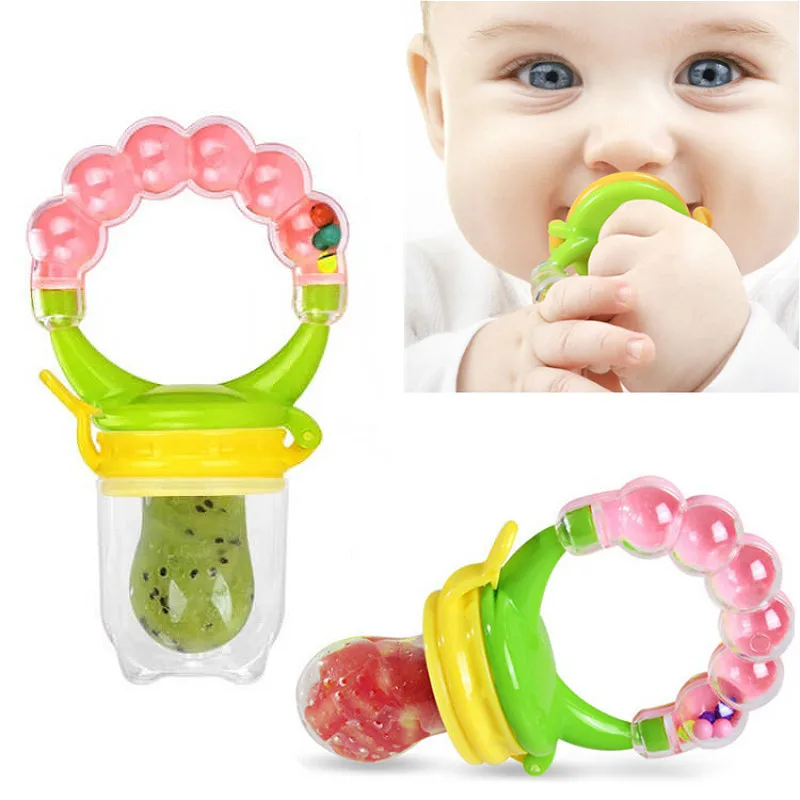 2-1.5 g / 100 ml - in accordance with the composition of breast milk. They also changed the fat and mineral profile. The initial mixtures are enriched with such an essential amino acid as taurine, and micronutrients, probiotics, vitamins. nine0243
2-1.5 g / 100 ml - in accordance with the composition of breast milk. They also changed the fat and mineral profile. The initial mixtures are enriched with such an essential amino acid as taurine, and micronutrients, probiotics, vitamins. nine0243 - After six months, the baby's body's need for protein increases, and the composition of mother's milk changes. And babies on artificial feeding begin to be fed with a more nutritious mixture of formula 2. Taurine is no longer always needed: the body of a baby aged from six months to a year is able to synthesize this amino acid itself. Meanwhile, the content of iron, calcium, zinc increases compared to the initial mixtures, because by this age the child's reserves of minerals received from the mother during pregnancy are depleted, and they need to be replenished. nine0243
- A child's nutrition changes after one year - he is already able to eat a variety of solid foods. However, it is advisable to continue to feed him with a mixture, though already formula 3.
 Pediatricians recommend it as a source of vitamins and minerals that the baby can easily absorb.
Pediatricians recommend it as a source of vitamins and minerals that the baby can easily absorb.
Complementary foods As we have already noted, it is introduced when the baby is four to seven months old. This interval is called the "critical window" and is considered optimal for the start of complementary foods for several reasons:
- The baby needs a wider range of minerals, vitamins and other nutrients. In addition, his baby's digestive system is already ready to accept more solid and complex foods than mother's milk or infant formula.
- At this age, the child develops an interest in food, and it is necessary to offer him the right foods to develop his taste.
- During this period, the risk of developing a food allergy to a new product is lower.
- Timely introduction of complementary foods prevents the risk of micronutrient deficiencies and iron deficiency anemia. nine0243
Usually the first food is vegetable puree or monocomponent gluten-free cereals, milk or dairy-free. Over time, cereals containing gluten, supplements from fruits and berries, and also consisting of several cereals are added. A six-month-old child can already be given several types of vegetables and cereals. Also, at about six months, they begin to give meat puree, then fruit, and from eight months - fish. A child from seven months is allowed the yolk.
Over time, cereals containing gluten, supplements from fruits and berries, and also consisting of several cereals are added. A six-month-old child can already be given several types of vegetables and cereals. Also, at about six months, they begin to give meat puree, then fruit, and from eight months - fish. A child from seven months is allowed the yolk.
From the age of 12 months, complementary foods already make up the majority of your baby's diet. At this age, it is especially important to diversify the child's diet: he can be given soups with small pieces of vegetables, meat, fish and cereals. nine0003
Information
During the first feeding, the child's eating habits are laid, and it depends on the parents how correct they will be. Often, mothers introduce fruit juices into complementary foods too early. And because babies have an innate preference for sweet tastes, they can become naughty and stop eating the unsweetened foods they need, especially vegetables. Unhealthy taste habits are formed, which can later provoke obesity. nine0095
Unhealthy taste habits are formed, which can later provoke obesity. nine0095
Domestic doctors are concerned about such irrational nutrition of young children - due to the wrong approach to nutrition, many babies experience a deficiency of vitamins and an excess of fast carbohydrates.
How to choose baby foods
Finding the right foods for your baby is not an easy task. Store shelves are bursting with boxes, jars and bottles, and manufacturers write on every second package that the baby will be healthy, strong and cheerful after feeding. Of course, the baby will receive the necessary substances, no matter what product his parents choose, because all the production of baby food is strictly controlled by the state. By the way, Russia has some of the most stringent requirements for the quality of baby food in the world. nine0003
However, products for children differ in their properties. It is necessary to select food so that by the end of the first year of life the baby has actively developed chewing skills and an interest in independence, and the diet of complementary foods is reasonably varied.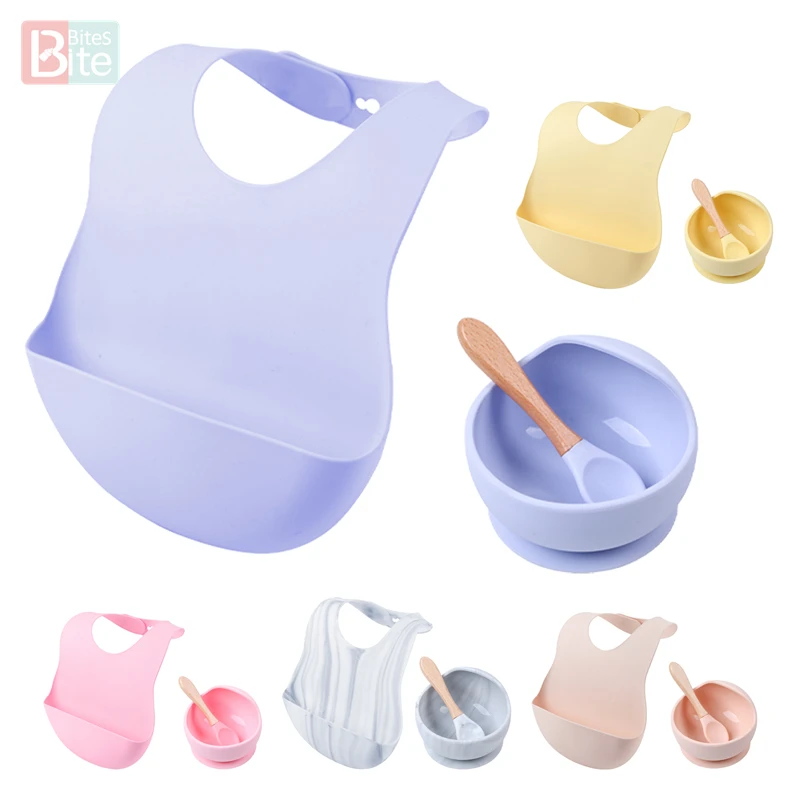
For children from one to three years of age, the diet should be even more varied. It is important that the child receives daily something new from the main food groups: dairy, vegetables and fruits, meat and fish, cereals, butter and vegetable oil. Of course, the baby's diet should be expanded taking into account his state of health. nine0003
When organizing the nutrition of a child from the moment of introduction of complementary foods and up to three years, a mother needs not only to know what can be fed, but also to consider what foods should not be included in the diet. Among the prohibited products for children under three years of age:
- any mushrooms, vegetables and fruits in a marinade;
- pickles, preserves in tomato sauce;
- commercial juice concentrates, carbonated drinks, coffee and strong tea;
- various seasonings - mustard, ketchup, hot sauces, horseradish, pepper, vinegar, mayonnaise; nine0243
- products containing flavors, industrial colors, including chewing gum;
- margarine and refractory fats - lamb, pork;
- chocolates, sweets, other sweets.

To choose the right baby food, you need to know exactly what you should pay attention to and what you don't need to worry about.
When choosing mixtures, it is important to check:
- Absence of palm oil. Formula manufacturers may use palm oil (more specifically palm oil extract) because, like breast milk, it is rich in palmitic acid. However, in human milk, palmitic acid is in the beta position, while in palm oil it is in the alpha position. Such alpha-palmitic acid can interfere with the absorption of calcium and fats and is generally less well absorbed by the child's body. This can negatively affect the work of the intestines, lead to constipation, regurgitation. Milk fat is better suited for baby food as a source of palmitic acid[4][5]. nine0243
- Protein ratio. Breast milk protein is primarily whey proteins and casein. A child needs both types of protein, while proteins are easily digested, which cannot be said about casein.
 If baby food contains a lot of casein, it stays longer in the digestive tract, which can cause problems with the baby's stool.
If baby food contains a lot of casein, it stays longer in the digestive tract, which can cause problems with the baby's stool. - The presence of additional functional elements in the composition - lutein, nucleotides, pre- and probiotics. The task of lutein is to protect vision from ultraviolet rays. Nucleotides are low molecular weight compounds that promote the growth of beneficial bifidobacteria in the intestines. And pre- and probiotics in the composition of infant formulas help to establish comfortable digestion. nine0243
When choosing complementary foods, pay attention to:
- Age appropriate. It is important that in the diet of a child under three years old who receives complementary foods, special children's products prevail - in their composition the components are selected taking into account the age-related needs of the baby's body. It is impossible at an early age to transfer children to "adult" foods like pickles, smoked foods, fast food, and so on.
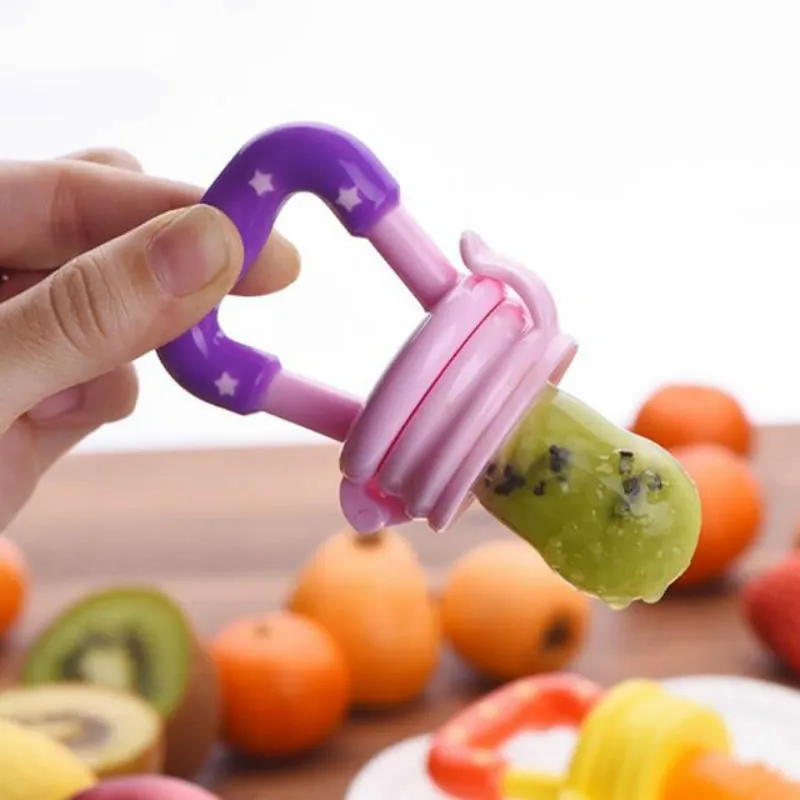
- Fortified foods. nine0095 It is important that the composition contains vitamins and minerals. The National Child Nutrition Optimization Program recommends choosing complementary foods that contain elements designed to prevent anemia, rickets, and vitamin deficiencies.
- Diet diversity. The menu for a baby up to six months is quite monotonous. But as they grow older, the baby needs more various nutrients - proteins, carbohydrates, fats, vitamins, minerals.
- For the individual reaction of the baby. nine0095 If the child is already receiving complementary foods, then it is worth introducing a new product only after the previous one has been fully introduced. If the baby is allergic to the product, then it should be administered carefully, carefully checking the reaction of the body.
Ingredient safety testing is optional. Of course, the content of any "chemistry" in the product for feeding a child, whether it be a mixture or complementary foods, is unacceptable. There is no need to worry about this: baby food is carefully checked. If it is registered on the territory of the Customs Union and hit the shelves, then it complies with SanPiN 2.3.2.1940-05 and there will be no "prohibited" components in its composition. Also, contrary to popular misconception, in Russia it is forbidden to use GMOs in children's products.
There is no need to worry about this: baby food is carefully checked. If it is registered on the territory of the Customs Union and hit the shelves, then it complies with SanPiN 2.3.2.1940-05 and there will be no "prohibited" components in its composition. Also, contrary to popular misconception, in Russia it is forbidden to use GMOs in children's products.
Note
Baby food in jars (usually mashed potatoes) has a short shelf life after opening, because it does not contain preservatives. However, before the jar is opened, the products can stand for quite a long time on the shelves of stores or in the refrigerator at home. This is possible thanks to a special production technology, sterilization and vacuum packaging. If a soft pop is heard when opening the jar, this is a good sign: the puree is not spoiled. But products in jars with swollen lids or a protruding bottom should not be used: microorganisms already multiply in such food, it is not suitable for food. nine0095
nine0095
Features of the choice of dairy products
It is necessary to choose dairy products for babies, following the recommendations of a doctor. The specialist will take into account the health of the baby, especially if he is allergic to cow protein. In Russia, such an allergy occurs in 30–40% of children [6]. Such a reaction may occur due to hereditary predisposition and immaturity of the organism. But most often, allergies go away when the child grows up.
Goat milk baby food may be a suitable option for young children with a predisposition to allergies. Its protein is perceived by the body better than cow's: alpha-s1-casein, contained in large quantities in cow's milk, makes a product based on it difficult to digest - food stagnates in the baby's gastrointestinal tract, motor skills are disturbed, as a result, allergies often occur. In goat milk, as in breast milk, there is practically no alpha-s1-casein [7]. Therefore, goat's milk, and hence the mixture based on it, are better absorbed.

